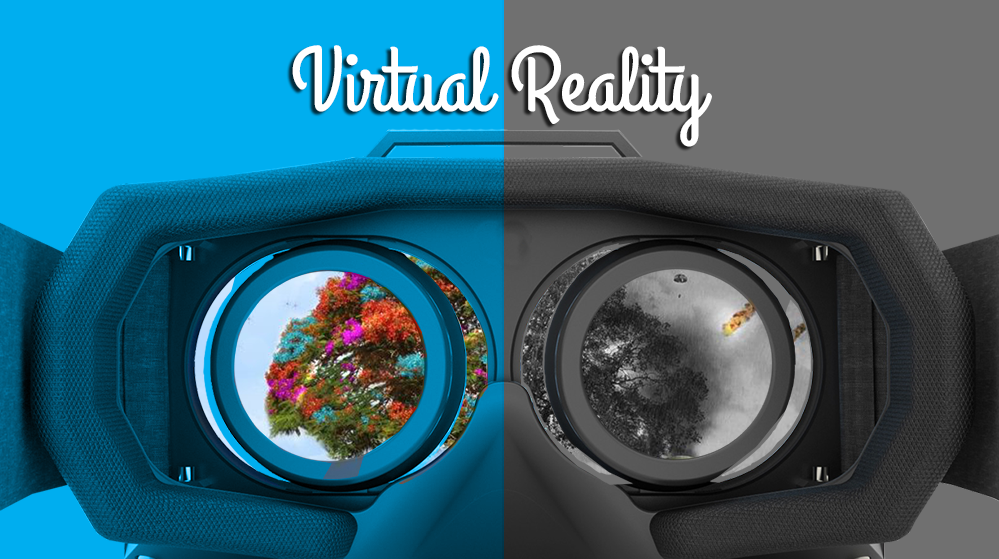Most of us at some point have had dealings with Virtual Reality, possibly in the form of a gaming console as far back as the 90’s, but it’s place in history goes back much further.
The first mention of such technology goes all the way back to the 1930’s; a short story by Stanley G. Weinbaum mentions the use of a goggle based VR system, of course, back then it really was science-fiction.
From games to industry
What was quite a clunky, low-resolution technology used mainly by the gaming industry has now been transformed into a smooth, affordable and usable technology.
Back in 1991, Virtuality launched a multi-player VR system to be used in arcades; the problem was that it cost $73,000 per pod, today’s technology see’s products such as the Google Cardboard available for just a few dollars.
Manufacturers of the systems are now looking at how they can use their technology in other ways, this includes Property (Real Estate), Construction and Concerts to name a few.
Property
VR has found a home in two different sectors of the property business; as an aid to the estate agent (realtor) and as a further tool for developers, allowing their customers to pick out color schemes and details.
Using the ‘old’ ways, viewing properties can be a lengthy and time consuming process; arrangements have to be made, then you have to travel to the property – in most cases, you may just about manage three in a day. However, with the use of VR, you can view properties from the comfort of your own home or office environment, only deciding to actually visit a property once you’ve had the virtual tour.
Construction development companies are also using VR to help their clients get a better understanding of a yet to be built property.
It gives them a perspective of scale and layout, something that can be missing in a flat, 2D plan drawing of the development.
Further, it means that picking out the details (internal wall layout, fixtures and finishers) can be made before even a single brick has been laid.
Concerts
The Norwegian band ‘a-ha’ recently used a VR platform in their stage show held in Oslo to great effect. Movement sensors that reacted to the bands voices, instruments and movement, created a unique and one-off stage show that showcased just how this technology can be used to great effect as an interactive and visual tool.
Doing this took approximately 20,000 lines of computer code and 100 m2 of film, but the show was absolutely unique to that audience, for the one night, never to be repeated.
Virtual Reality has come a long way from the early days, not only is it more immersive with almost real-life graphics, but it is affordable as well, at least for the main part.
When organizations like Facebook start buying into the tech with Oculus Rift, you know that the tech will become ever more mainstream and popular.
Image Credit: https://elearningindustry.com/wp-content/uploads/2015/10/Virtual-Reality.png

